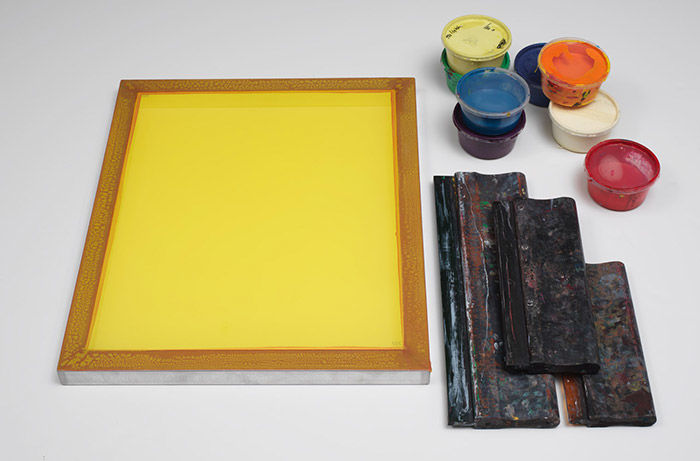Brushstroke
Roy Lichtenstein American
Publisher Leo Castelli American
Not on view
In the mid-1960s, Roy Lichtenstein abandoned the comic-book motifs for which he was initially celebrated. However, he continued to employ a graphic formal vocabulary inspired by the popular-culture source, comprising Ben-Day dots, diagonal slashes, black outlines, and a bold palette of pure, unmodulated color. In Brushstroke, Lichtenstein used this Pop aesthetic to depict a form that evokes both the generic act of painting and the dramatic gestural marks of "action painters" and Informel artists. The schematic lines in his "brushstroke" works functioned on a semiotic level in that they were designed to be read as "brushstrokes" yet were not actually the broad, fluid marks to which they refer. Screenprints such as Brushstroke were made in tandem with exhibitions of his paintings and for editions featuring Pop artists

